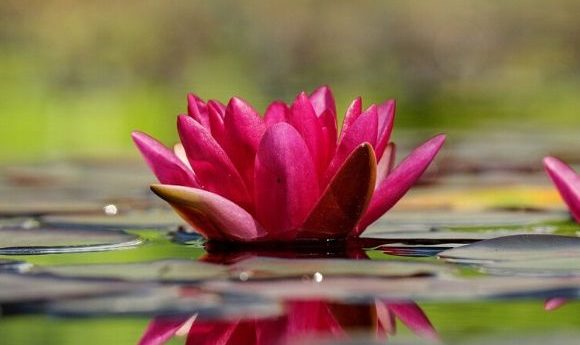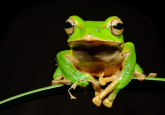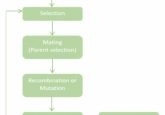Evolution in bloom: studying early angiosperm development through the water lily genome

Sequencing of the water lily’s genome has shed light on the early evolution of angiosperms, flowering plants.
Utilizing high-throughput next-generation sequencing technology, an international team of researchers from 23 different institutions has read out the genome and transcriptome of the blue-petal water lily (Nymphaea colorata). This genome has shed light on the early evolution of angiosperms, the group containing all flowering plants.
Water lilies belong to the order Nymphaeles that, along with Amborellales and Austrobaileyales, makes up the ‘ANA’ group of angiosperms. These are the most basal angiosperms and are an extant representative of lineages that diverged from the lineage leading to the extant mesangiosperms.
“I previously contributed to the sequencing and analysis of the genome of Amborella, which represents the earliest branch to separate from other flowering plants,” remarked team leader Hong Ma (Penn State University, PA, USA). “Amborella lacks big showy colorful flowers and attractive floral scent, both of which serve to attract pollinators in most groups of flowering plants. We were interested in the water lily genome to help us understand how these traits evolved.”
In the study, published recently in Nature, the researchers describe the sequence and subsequent analysis of the 409-megabase genome of the water lily. The high quality and depth of the sequence allowed the researchers to assemble the majority of the genome into 14 chromosomes and identify 31 thousand protein-coding genes.
The researchers compared the genome of the water lily to genomes of Amborella, other angiosperms and several gymnosperms, which confirmed that Amborella is the earliest extant angiosperm to separate from other flowering plants, followed by Nymphaeales.
- Discovery of vital plant gene boosts hope for improved crops
- Parasitic plants stealing host genes to use against them
- Understanding the growth–defense trade-off in plants
“Amborella, like gymnosperms, has separate male and female plants, but the water lily has male and female reproductive parts within a single flower,” commented Ma. “This makes the water lily more similar to the vast majority of other flowering plants, so having the genomes of both Amborella and water lily can help us to better analyze the evolutionary transition from gymnosperms to angiosperms.”
A Nymphaelean whole-genome duplication event was also identified around 147-185 million years ago, around the same time where the water lily family separated from other related species. Many key genes that regulate flowering transition and development were retained in this whole-genome duplication.
Further analysis of the water lily genome identified a large expansion in the number of genes involved in the biosynthesis of floral scent in water lilies, which appear to have evolved in parallel with the other angiosperms. They also identified the key proteins responsible for blue petals in the species.
“Having the water lily genome allows us to explore these important traits in flowering plants and especially among horticultural plants,” explained Ma. “It’s likely that brightly colored flowers and floral scent evolved through an interaction with pollinators and such flowers are ultimately extremely important for the success of flowering plants. Identification of the key synthetic genes of blue petals has important reference value for breeding blue-petal varieties.”





